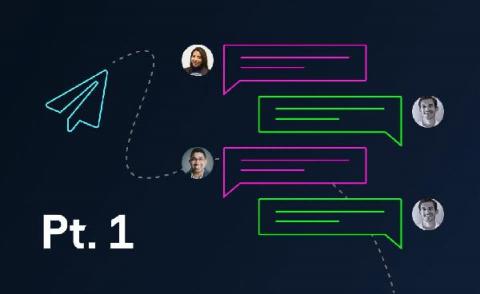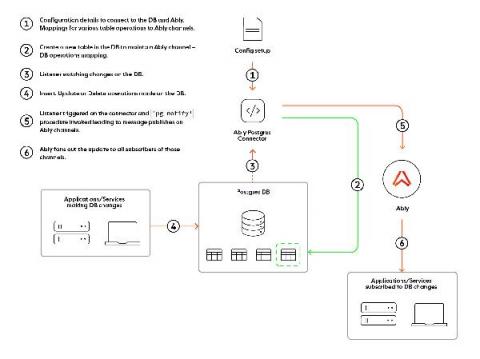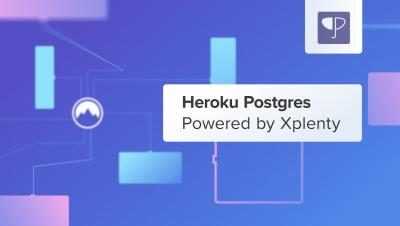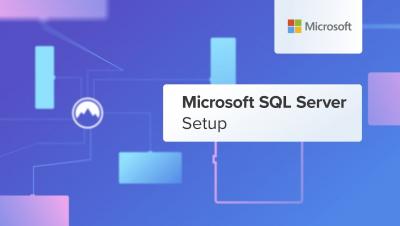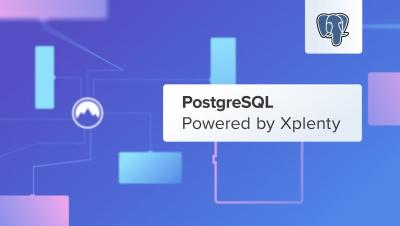Database-driven realtime architectures: building a serverless and editable chat app - Part 1
Database-driven realtime architectures are becoming more and more common as evidenced by key backers and widespread use of software like Firebase and Supabase. The two key priorities for an app following database-driven realtime messaging are long-term storage and change data capture (CDC) updates from the database. In this two part article series, we’ll take a detailed look at a fully serverless chat app where you can edit previously published messages.


